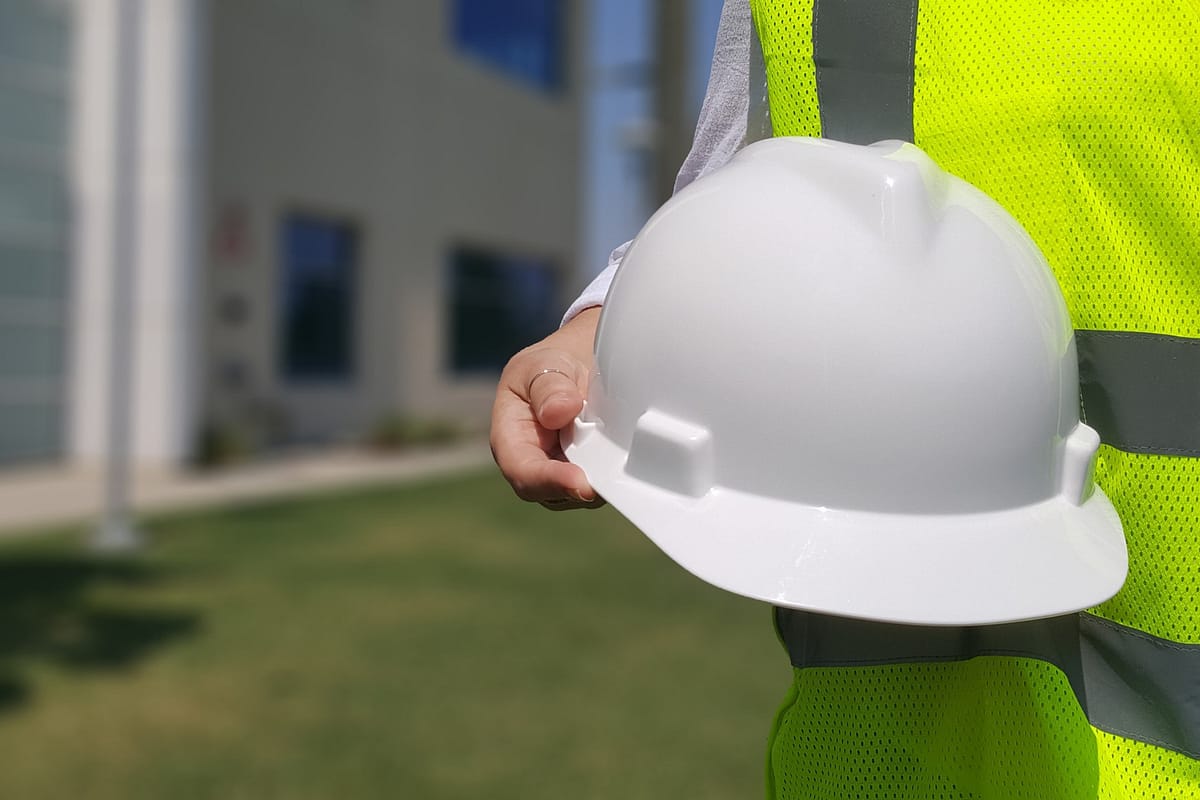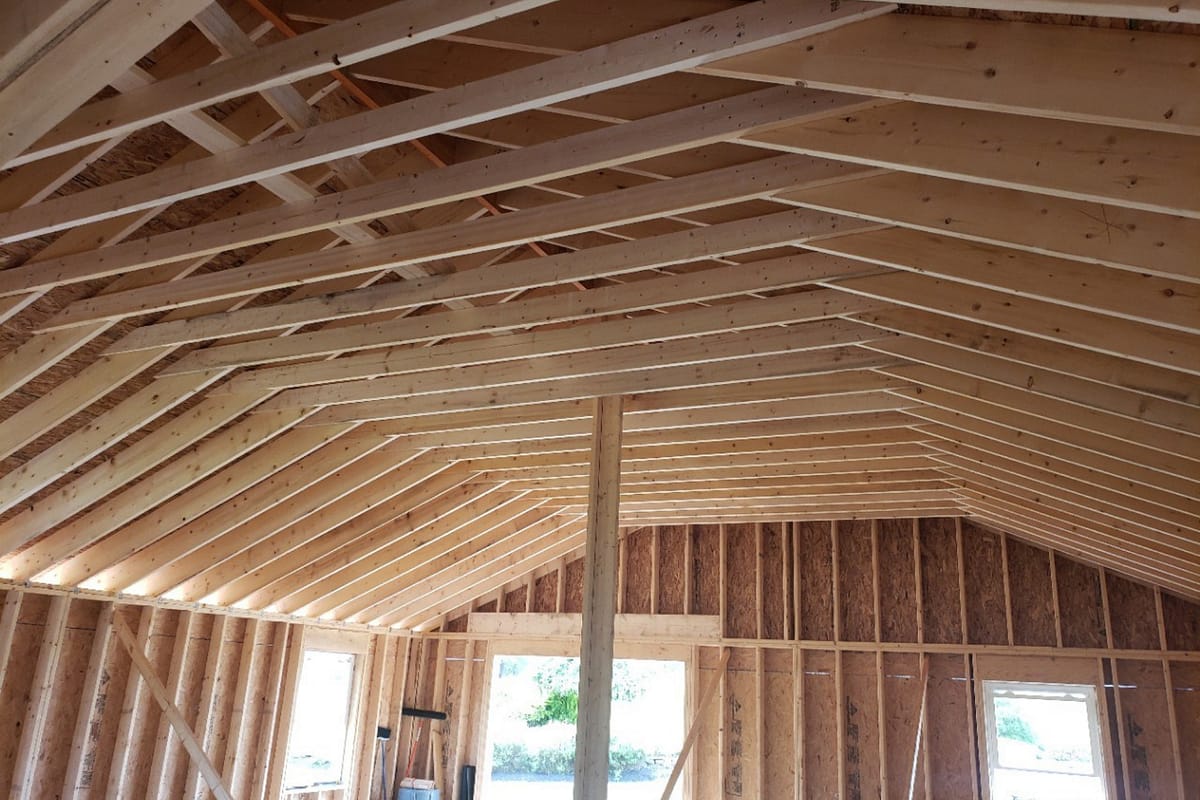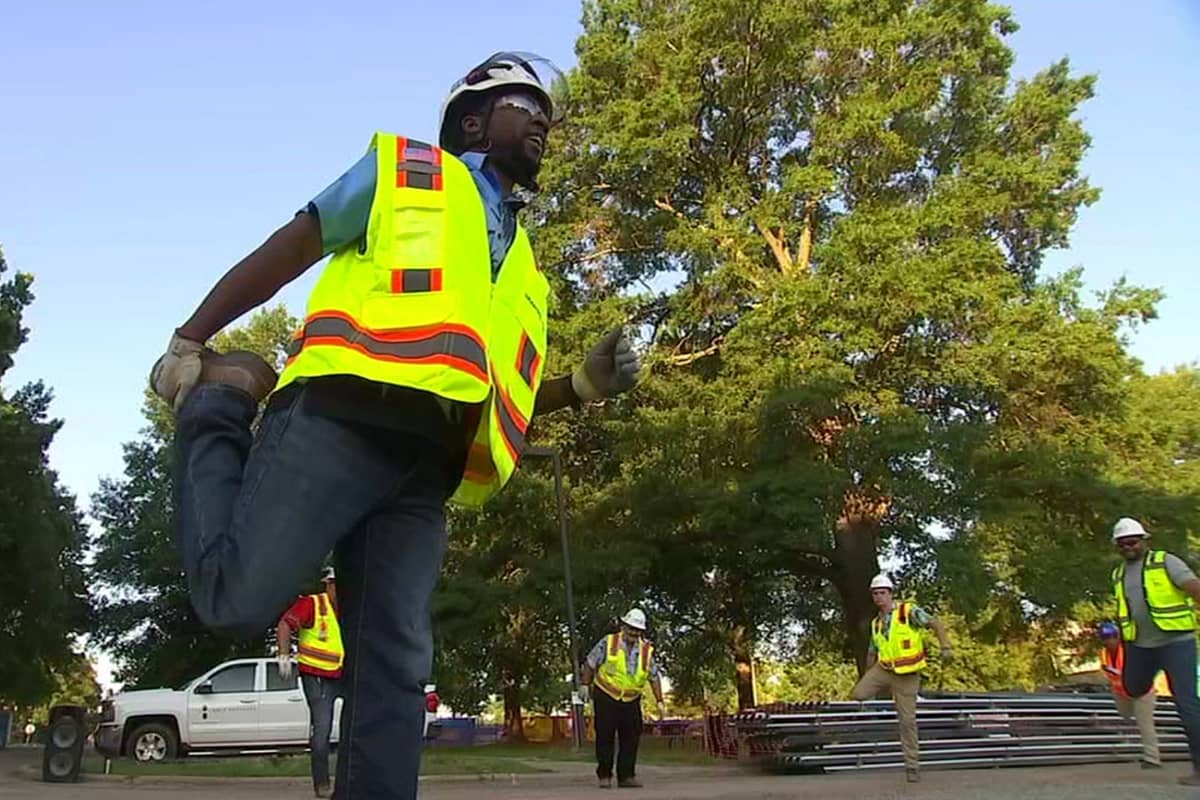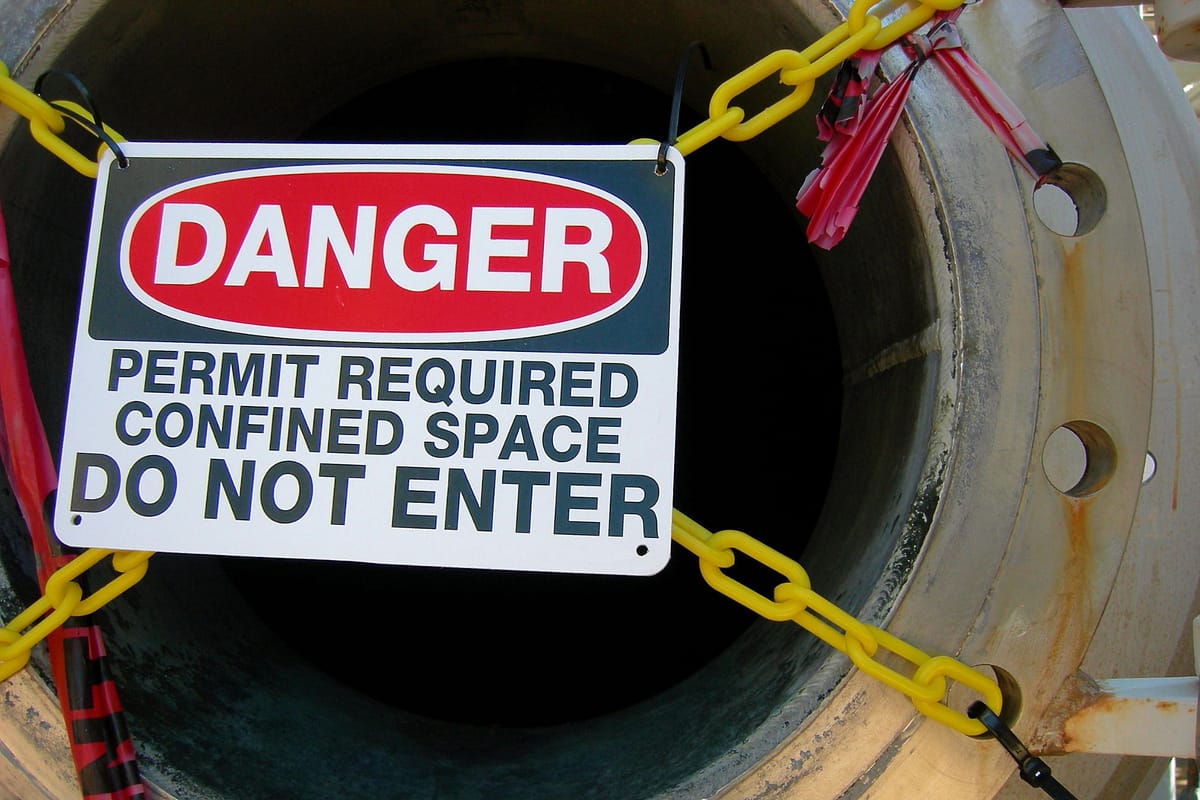Toolbox Talk: Hard Hats
December 28, 2020

Your head is the most important part of your body. You think, feel, talk, smell, and hear with your head. Therefore, it makes sense that you should protect your head from any injury.
Wearing a hard hat is the first line of defense against head injuries on the job. A hard hat can protect your head against the hazard of falling material and guard against accidental bumping. The hard hat softens any blow to the head. It resists and deflects the blow and distributes the impact over a large area. The hat’s suspension acts as a shock absorber. Even if the hat dents or shatters, it still takes some of the force out of the blow and off your head. It can also shield your scalp, face, neck, and shoulders against spills or splashes.
Choose the hard hat most suitable for the work being performed and only wear approved hard hats manufactured to meet required standards. These are made to give your head maximum protection. Make sure your hat fits correctly. Hats that fit right provide you with the most comfort and protection.
The ability of a hard hat to protect a worker depends on the shock absorbing space between the shell and head by the suspension provided. Therefore, it is important that sweat bands and suspension straps are properly adjusted to obtain the maximum protection. Sunlight and heat can rot the sweatband and straps, so don’t leave your hard hat on the window ledge of your car. Take good care of your hard hat. Don’t drop it, throw it or drill holes in it. Inspect your hard hat every day for cracks, gouges, and frays or breaks in the straps.
Colors can be used to identify different crafts and supervisory personnel, and should be encouraged and given consideration when purchasing such equipment. All levels of supervision should set the example by wearing hard hats. Observe and comply with “Hard Hat Area” sites. Remember! A hard hat is a status symbol; it identifies a safe worker, one who believes in and practices safety.
Source: https://www.statefundca.com/Home/StaticIndex?id=https://content.statefundca.com//safety/safetymeeting/SafetyMeetingArticle.aspx?ArticleID=59
![BLM Stripes Brand [Recovered]](https://mlijpfrvxa9g.i.optimole.com/w:1920/h:241/q:mauto/ig:avif/f:best/https://blmconstruction.net/wp-content/uploads/2021/06/BLM-Stripes-Brand-Recovered.png)







